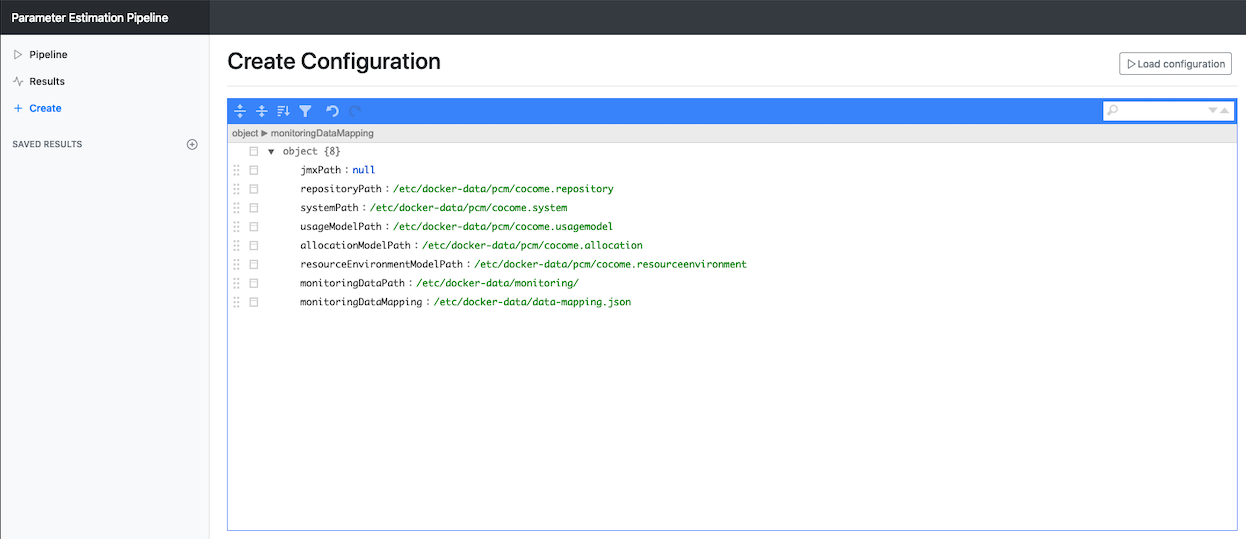-
Notifications
You must be signed in to change notification settings - Fork 0
PCM Calibration Pipeline Setup
There are two ways how the Calibration Pipeline can be used.
If you only want to use the Calibration Pipeline we recommend using the Docker image.
The current version is based on the PCM-Headless implementation to simulate the architectural models.
This is the easier way. You only need docker installed on your machine.
- Clone (or fork and clone) this repository.
- Navigate to the "docker" folder in the root directory.
- Create a network which connects the pipeline Docker container with the container which runs the PCM-Headless:
docker network create --driver=bridge pcm-network - Build the docker image with
docker build -t pcm-pipeline . - Run the headless PCM implementation.
- Using Docker:
docker run --name pcm-headless -p 8080:8080 --network=pcm-network davmonsch/pcm-headless-rest(Care: The docker container needs to have the name pcm-headless, otherwise you need to change the URL in the web UI of the pipeline) - Using Gradle: https://github.com/dmonsch/PCM-Headless/wiki/Setup-using-Gradle-project
- Using Docker:
- Now you can run the docker image of the pipeline:
docker run --name pcm-pipeline -p 8081:8081 --net=pcm-network pcm-pipeline - You can access the web interface on http://localhost:8081/
- If you want to know about the simulations of the architectural models you can view http://localhost:8080/.
The next step is to transfer the data (PCM models and monitoring) to the docker container.
This can be done with the following command: docker cp LOCALPATH/docker-data/ pipe:/etc/docker-data/.
(For testing purposes you can use the PCM and the monitoring data from the cocome-casestudy project which is contained in this repository - Location: Casestudy Data)
Then go to the webinterface and create the configuration (http://localhost:8080/create).
The result should look similar to:

After that you can start the pipeline (http://localhost:8080/) and watch the results (http://localhost:8080/results) as soon as the pipeline finished.
The second method is a bit more complicated as you need to clone the repository, import the projects and also download Eclipse and Eclipse projects.
- The import is very easy you only need to clone the project and import the root Gradle project in your favorite IDE.
- Make sure that you setup the PCM-Headless which is used to perform simulations. You need to point the configurations of the pipeline to the URL of the PCM headless backend (you can do this using the Web UI).